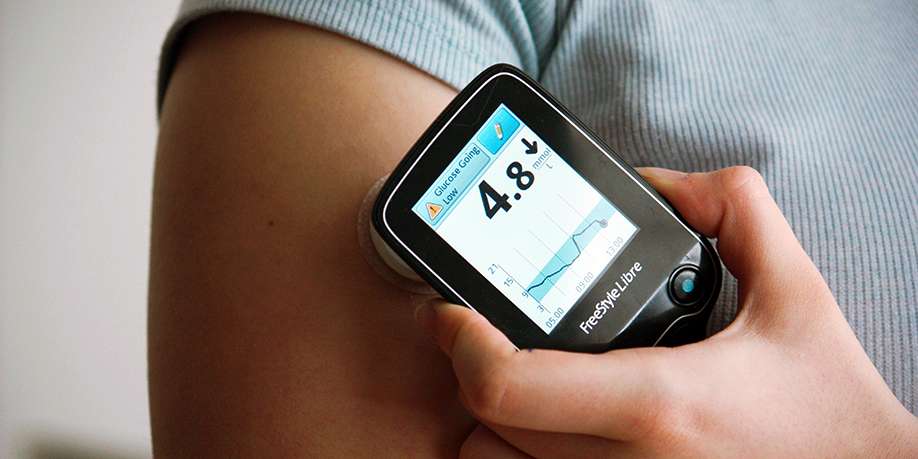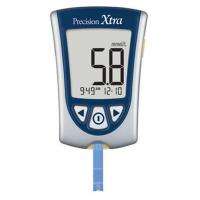
What Is the Somogyi Effect?What Is the Somogyi Effect?
  © Wirestock | Dreamstime.com Managing diabetes can be a bumpy road, bringing unanticipated challenges along the way. Controlling blood sugar levels might seem easy on paper – just take timely measurements and when blood sugar raises above or falls below normal, take your medications or perform other actions prescribed or suggested by your doctor to bring blood sugar back to the proper levels. Naturally, that’s the ideal scenario. The reality, however, may sometimes make even experienced doctors scratch their heads. One of the most well-known paradoxes associated with diabetes blood sugar management is a so-called Somogyi effect, also known as posthypoglycemic hyperglycemia or chronic Somogyi rebound. This phenomenon was discovered by Dr. Michael Somogyi in the 1930s. The doctor, who was a Hungarian-American Washington University’s professor in St. Louis, Missouri, United States, noticed that insulin-induced hypoglycemia during the late evening could cause a counter regulatory hormone response that results in hyperglycemia in the early morning. In other words, your body reacts to hypoglycemia by producing hyperglycemia. Insulin therapy, which is a vital hormone replacement therapy, is one of the most common treatments to control diabetes. You have to measure your blood sugar levels multiple times a day and depending on the results of the measurements, you might need to take insulin to lower your blood sugar levels or eat a snack to raise them. According to Dr. Somogyi, when blood glucose levels drop too low during the late evening time, activation of counter regulatory hormones such as corticosteroids, growth hormone, adrenaline, and glucagon may take place, as the body’s defense mechanisms respond to long periods of low blood sugar, consequently leading to activation of gluconeogenesis, which sends the blood sugar levels into a rebound high and causes hyperglycemia in the early morning. The Somogyi phenomenon is considered to be more common in people with type-1 diabetes than in type-2 diabetes patients. The Somogyi effect is pretty well known, but to respond to it properly, you need to make sure that it is not confused with another phenomenon called dawn phenomenon, which is very similar to the Somogyi effect. The dawn phenomenon that is also called “dawn effect” was introduced in the 1980s by Dr. Schimdt. It is similar to the Somogyi effect in that people experience hyperglycemia in the morning. However, the reason why it happens is different. – The dawn effect involves an early morning hyperglycemia caused by declining levels of endogenous insulin secreted at night and a rise in growth hormones, while the Somogyi effect is the body’s response to low blood sugar during the night. The occurrence of the dawn effect is known to be more common than the Somogyi phenomenon. It’s not very hard to differentiate between the two phenomena. – During the period of several days, you need to check your blood sugar levels right before going to bed, then set your alarm to check the blood sugar again around 3:00 AM and after that test it again when you wake up in the morning. If your blood sugar levels are low at 3:00 AM, most likely you experiencing the Somogyi effect. To get more consistent blood sugar measurements, you doctor can suggest you to use a continuous glucose monitoring system. – The system consists of a very small glucose sensor that will be inserted under your skin and will be continuously sending the blood sugar readings to a monitor device that will alert you when your blood sugar levels are beyond normal (either too high or too low). Although unpleasant and manageable, Somogyi effect can be avoided. To prevent it, you have to keep blood sugar levels under control by implementing effective glucose management. But don’t try to do any changes in your diabetes treatment on your own as improper actions may even get things worse. To make sure you are doing it right, talk to your diabetes care team. Your doctor will help you adjust your diabetes treatment plan and eliminate the Somogyi effect. If you do suffer from the Somogyi effect, there are ways to treat it. Possible options include lowering your insulin dose before bed, adjusting the time when you usually administer insulin, changing the type of insulin that you use, analyzing and adjusting certain lifestyle factors that might affect the situation, such as exercising and stress, and having a snack with your evening dose of insulin. As mentioned above, a Continuous Glucose Monitoring (CGM) system can help in treating the Somogyi effect as well because it will provide you the most detailed blood sugar levels data for better analysis of your situation. Speaking of CGM devices, recent studies involving Continuous Glucose Monitoring systems have brought doubt on Dr. Somogyi’s theory. Besides, clinicians have noticed that patients suffering from early morning hyperglycemia are likely to have high blood glucose measurements at night, rather than low. Consequently, Somogyi's theory continues being discussed in the scientific community and new research regarding the matter will most likely further improve diabetes treatment methods.
| |||||||||||||||||||||||||




























